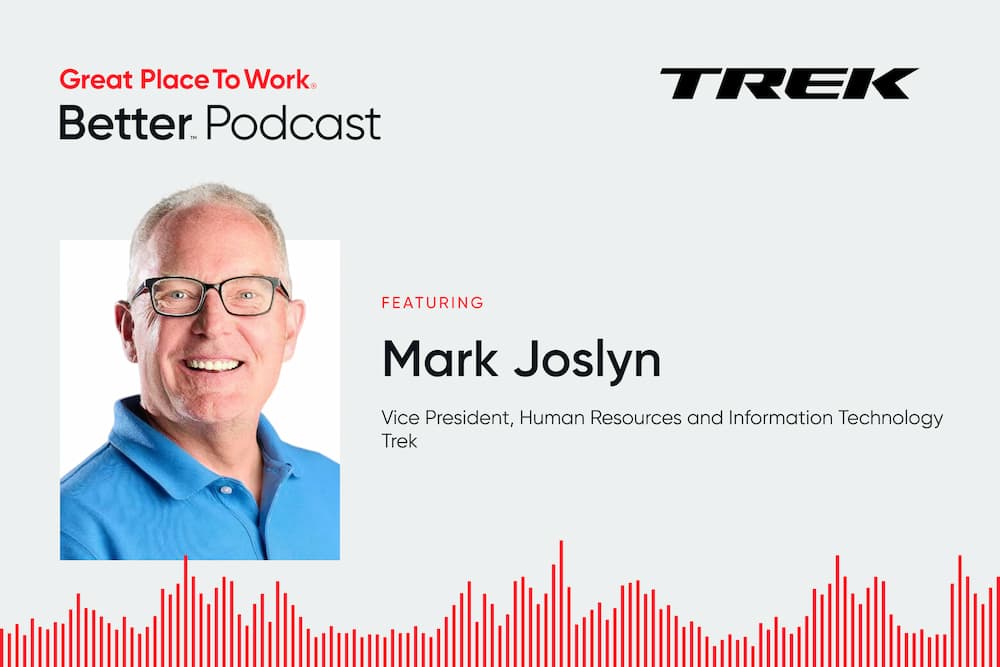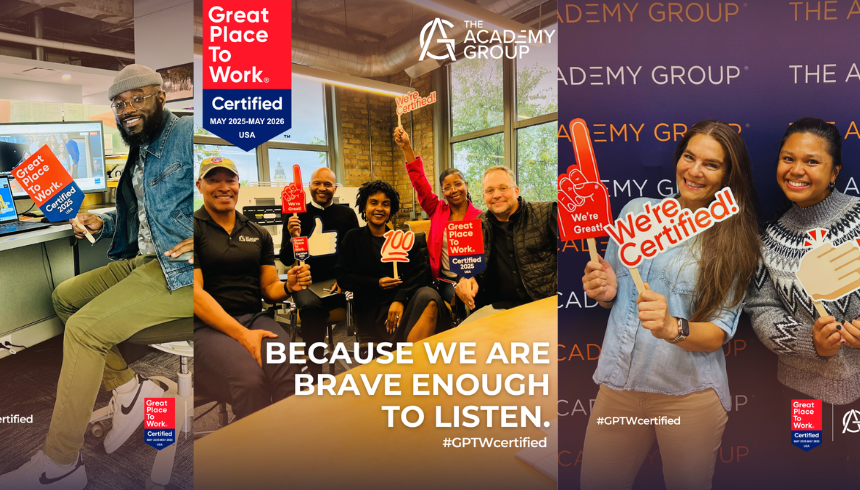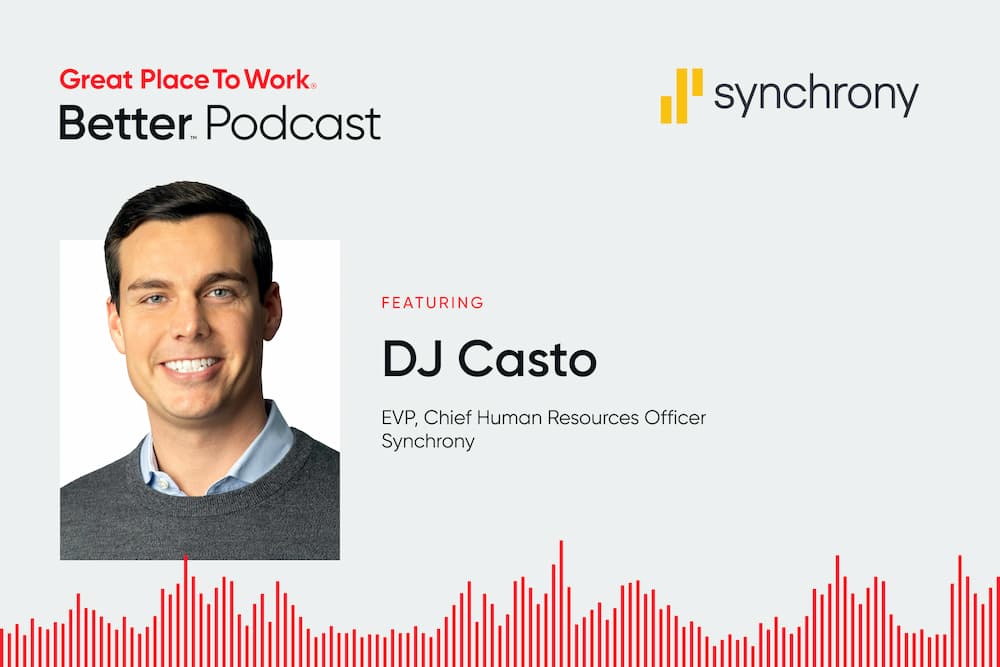Employee Engagement, Employee Surveys, Speaking
Industrial gases firm Messer shares tips for keeping employees informed without distracting them from essential work.
How you communicate with employees has a profound impact on workplace culture.
For Messer Americas, an industrial and medical gases manufacturer, building a better workplace required rethinking how it connected with frontline employees and the unique challenges it faced reaching this segment of the population.
“We have a very diverse employee population with job roles that provide a spectrum of connectedness,” says Michele Long, vice president of communications at Messer Americas. “Some employees don’t have email or intranet access. Many employees do not spend their day sitting in front of a computer, so we have real challenges with reach.”
Other organizations might try to launch a podcast, or other media that workers can consume while completing their other work. Creating that level of distraction won’t work for an industrial gas company.
“We do not want our employees to lose focus when they are driving a truck or handling hazardous materials, like hydrogen,” Long says.
And Messer has other challenges when helping employees stay connected.
“With our frontline workers, it’s very unique,” Long says. “It’s not a traditional manufacturing plant where there’s 500 people in a big space and they’re using their hands all day.”
Most drivers work alone for hours each day, and some facilities only have a small group of people operating different shifts.
“The importance of connectedness is elevated in these groups that operate in the field and have less exposure to the corporate culture,” Long says.
Attend our annual company culture conference May 7-9, 2024
Changing strategies
To solve these challenges, Messer has been experimenting with different ways of putting information in front of its frontline workers. For drivers, each day starts with logging into a company system to check their route for the day.
“When we want somebody to take an action, we’ll put a little pop-up message onto the system because we know our drivers will log into it every day,” says Jem Janik, people and culture communications manager, at Messer Americas.
Pop-ups have also been added to HR systems so employees find them when updating their time sheets. Text messaging was added after the team heard from a leader in the engineering services group that their team was more likely to text one another than send an email.
“We started using text messages to reach them, even if it’s just sending the leader the written content and asking them to send it out to the group,” Long says.
Similarly, company news was added to the company’s e-learning platform, since frontline workers frequently access this tool.
Measuring success
The changes have made a significant impact on Messer’s Trust Index™ scores, especially when the team looked at frontline employees.
Metrics on employee pride jumped nine points, and the number of employees who said they were kept informed about important business changes jumped six-points.
“That ties to communications,” Long says. “You’re seeing a similar percentage increase from our employees across the board — both in the office and the field. It shows that our efforts are working to reach our frontline folks.”
Now Messer’s comms team always works with HR to check their Great Place To Work® survey results before rolling out a new initiative.
“Anytime we go to do any sort of large endeavor now, we pull up our Great Place To Work [results] and get a sense of how that demographic is feeling,” Janik says. “We use Emprising™ as a gut check all of the time … we’re regularly using it to know our audience.”
Connecting to purpose
More employees are reporting pride in their work for Messer in part because the team is doing more to connect employees to the purpose of the company.
“Industrial gases pretty much touch every industry out there,” Janik says. “It doesn’t matter whether you’re picking up a piece of electronics or you are grabbing a can of pop, the gases business is a part of the creation of all of those products.
Employees love hearing more about how our gases provide solutions essential to our world and lives.”
Tips for better frontline connections
Here are some tips from Messer’s leaders about how your organization can improve frontline communication:
1. Don't be afraid to try something new
“With communications, things are always changing,” says Long. “There’s a new tool, a new platform, it feels like every second.”
To evaluate whether something is a good fit for your employees, consider your audience. “If part of your population is still using a flip phone, it’s likely they are not on Instagram,” Long says. “You have to know how they want to communicate.”
2. Meet employees where they already go
Consider the technology your employees use, Long says.
Find the places where they already go to accomplish their work. “For those employees that use a time sheet, bring information to them there,” Long says.
3. Newer isn’t always better
A printed communication mailed home might feel old-fashioned, but Long says that traditional tactics still have something to offer depending on your goal.
“You are bringing the news to them in their home,” she says. “It touches their family. You get to build a sense of pride not only with the employee, but their family base. Some of those things are valuable touch points that still work.”
4. Find ambassadors to increase listening efforts
At Messer, a program it calls the Employee Circle allows leaders to curate feedback from a range of employees. Three or four times a year, a team of 11 volunteers commit to speaking with at least five other employees, in addition to providing their own feedback to leadership.
They are provided with an agenda or two or three questions, and their work consistently surfaces feedback that would never be captured in a survey.
“People will say to them, ‘Well, I'd never put this in a survey — but since I’m talking to my friend, I know you’re not going to sell me out,’” Janik explains.
5. Make it easy for leaders to connect
If you want frontline employees to feel more connected with top leaders, make sure they have resources to share important information with their teams.
“They know their team best, their workers are talking to them and engaging with them,” Long says. “Make it easy for them to tell your story.”
Get more insights
Learn more strategies from our workplace culture experts at our For All™ Summit, April 8-10, 2025 in Las Vegas, NV.











